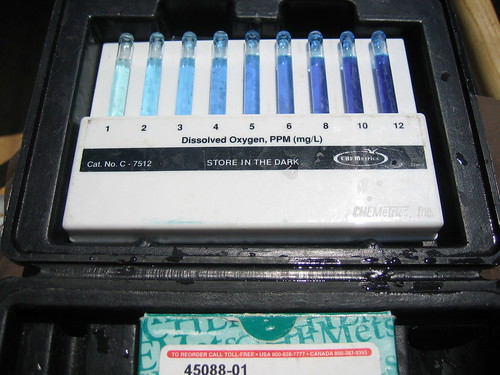Hello, everyone my name is
Carzell Addison . I'm a ninth grade student.
The New York Harbor School is the school I attend. You see the NYHS (New York Harbor School) is a school that deals a lot with the New York Harbor. In this school we go on trips every two weeks with a class called the Harbor class. The whole school does not all go at once we take turns with our sections, which is what we call are classes. I'm in section one and we are the first to go on trips. I don't know what the other classes are up to, so here are the trips my class has went on:
Day 1:
South Street Seaport Museum (Intro to the Harbor)
Day 2:
East River Apprenticeshop (Newtown Creek)
Day 3:
Pier 40 Floating the Apple (Hudson River)
Day 4:
Rocking the Boat (Bronx River)
Day 5:
The River Project (Hudson Raritan Estuary)
Day 6: South Street Seaport Museum
(Oysters in the New York Harbor)
Day 7: American Museum of Natural History
(Biodiversity and Ecology of the New York Harbor)
Day 8: History Walking Tour of Lower Manhattan
(South Street Seaport Museum to Pier 40)
Day 9:
Coney Island and the New York Aquarium (Intro to the Atlantic Ocean Life)
Day 10: South Street Seaport Museum Blue Mapping
(Project Time)
Home Port Days: Projects and Presentations
Have you ever heard of dissolved oxygen? Well, if not you do not know what you are missing. From what I have learned I can tell you any and everything about dissolved oxygen. The reason is because I go to a school called, The New York Harbor School and it teaches all about dissolved oxygen and any other things that can be found in the New York Harbor. Throughout my ninth grade year in the New York Harbor School we have done the following:
1. Record our observations visually and in writing as we observe the estuary and extended water bodies.
2. Examine various types of maps and charts of the water.
3. Create maps of the estuary.
4. Dissolved oxygen water quality tests.
5. Observe the Flora and Fauna of the water bodies.
6. Read about the natural history of the estuary.
7. Meet people with expertise and deep connections to the estuary and harbor.
8. Get out on the water, work and have fun.
9. Connect our study to the Waterkeeper and South Street Seaport preservation models by articulating how our study can help us to become community caretakers and advocates.
10. Brainstorm other ways we need to examine the estuary and the harbor in order to become waterkeepers.
11. Present our findings in various media for the greater public.
After all of the above I know all there is to know about Dissolved Oxygen and it is very important in the New York Harbor. So, if you want to learn more about how and why dissolved oxygen is very important in our New York Harbor, roll your eyeballs down this page and you are guaranteed to be impressed.
First, what is dissolved oxygen? Dissolved oxygen is the amount of oxygen held in the water. Also, it is one of the most important qualities of the water quality test. DO is short for dissolved oxygen. DO is measured by ppt's (parts per thousand), millimole ounce per liter (mmol/L), milligram ounce per liter(mg/L) or milliter ounce per liter (ml/L). Dissolved oxygen can be held more in cold water than in warm water. Testing for dissolved oxygen is fun and learning. Below is a picture of a DO test kit:

Next, dissolved oxygen is a very important water quality and it is very important for our water quality in the Hudson River. For example, an aqueduct amount of dissolved oxygen is needed for the good health of our aquatic life. Dissolved oxygen is used by plants and animals. If there were no dissolved oxygen there would not be life in the New York Harbor. So, dissolved oxygen is very important in the Hudson river.
Also, Dissolved oxygen has been changing over the years. It has not changed tremendously over the years in the Hudson River, but it did increase. For example, from 1950 to 2005 dissolved oxygen increased consistently. Every five years the dissolved oxygen increased about two tenths. It increased from 5.7 ppt to 8 ppt. The churning of water with oxygen increases the amount of dissolved oxygen. On a
graph it will show the dissolved oxygen increasing with time.
In Conclusion, dissolved is very important for the plants and animals in the New York Harbor because if there were no dissolved oxygen in the New York Harbor there would be no aquatic life inside of it.







